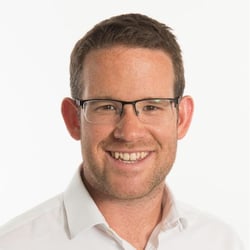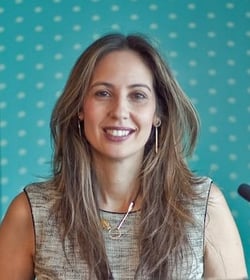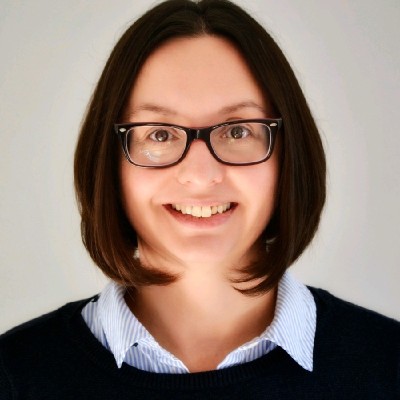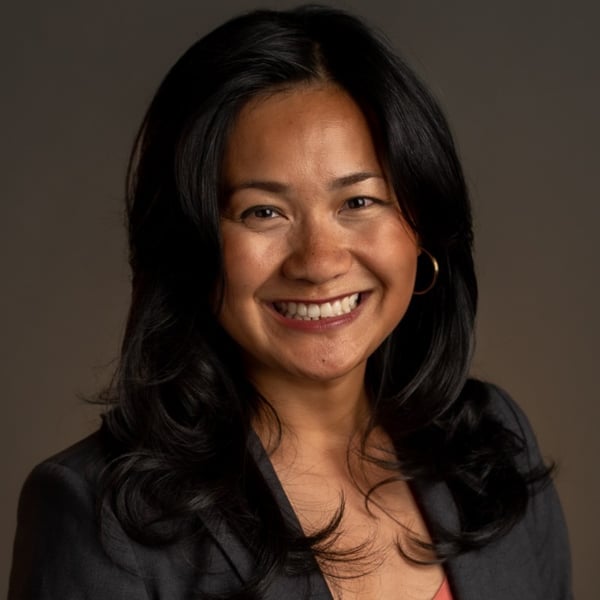How to foster a culture of innovation in government
Innovation is crucial for delivering better services and maximising the potential for digital transformation. It’s easy to come up with new ideas; the hard part is bringing them to life - especially when efforts made in government are stifled by legacy issues, funding constraints, skills shortages and a general resistance to change.
According to a 2022 EY survey, 79% of government leaders believe that their culture needs to change to get the full benefit of digital transformation. With these figures in hand - we asked a group of government innovators what it takes to foster a culture of innovation.
‘Move fast, break things’
John Kelly, Chief Data Officer at the HM Treasury, believes digital leaders need to challenge entrenched behaviours and mindsets by cultivating an innovative, “move fast, break things” culture. “This is a mantra I repeat to my team when we are engaging in a new challenge or idea.”
According to Kelly, this approach starts by creating a safe space where people can fail. “I think this is a really healthy way to approach innovation, especially if you are doing something new for the first time because it's permissive. It allows you to fail and if doesn't work, we learn, and if it does work, brilliant - let's build on that!”
something new for the first time because it's permissive. It allows you to fail and if doesn't work, we learn, and if it does work, brilliant - let's build on that!”
Kelly admits from a leadership perspective, this approach is a hard one to land. “In the context of the Treasury, there are many incidents where we can’t afford to move fast or break things. In fact, it has to move fast and work perfectly.”
He believes it is up to leaders to understand and frame when this mindset works without causing risk to the business. “Some leaders already get it and others still see that as a risky way of working, but I think it's just about proving and showing how it can work.”
Perfection is the enemy of progress
Helen Mott, head of public safety at Danish consultancy Netcompany, has found that creating a more agile approach to delivering digital services in government can leave teams free to focus more on exploratory and innovative work.
She says creating a culture where transforming digital services rather than perfecting them is an “effective lever” to shifting this attention and focus to the right places.
 Mott has seen first-hand the impact this can have on the pace of transformation, with Netcompany having delivered around 60% of government services in Denmark. Mott was also a civil servant in the UK for several years so understands some of the cultural blockages to innovation.
Mott has seen first-hand the impact this can have on the pace of transformation, with Netcompany having delivered around 60% of government services in Denmark. Mott was also a civil servant in the UK for several years so understands some of the cultural blockages to innovation.
“The focus needs to be on delivering something good enough that works instead of something that is perfect,” she says. “Everybody in the UK Government is very passionate about solving users' needs but there needs to be more urgency and pressure around the delivery of digital services. Digital teams are inherently incentivised to make sure that the product is perfect to avoid risk because that's what is going to cause them pain - more so than taking a long time to deliver.”
The Danish government, which often serves as an example for public sector innovation worldwide, partners with private companies to implement the majority of their digital services, which Mott says creates more incentive to deliver and has contributed to an environment where innovation in government is prioritised: “it enables internal digital teams to put more attention into solving the really hard problems (e.g culture change, connecting up experiences across services) and look at what the next big impacts in digitalisation could be.”
Challenging expectations
Douglas Ward, Deputy Director at Business Systems & Insight at Innovate UK says: “We took the mantle of being the UK’s innovation agency and used it to challenge expectations. Most rules are written with a ‘follow’ or ‘explain why you haven’t’ approach. Very few people use this, but when aligned with the department goals you can start to change the process.
"For example, implementing e-signatures for grants enabled grant offer letters to be signed in 45 minutes on average compared with 4 days using the traditional paper and wet signature method.”
To encourage a culture of innovation, experimentation and risk-taking in government, Ward points out that teams need senior sponsorship and long-term thinking. “They need freedom to experiment and fail, to learn and test things out.”
He adds: “procurement needs to move to align with the speed of opportunities and moving towards discovery phase by doing with follow on for successful pilots would deliver improved digital services.
Ward reflects on the lost potential that failing to take more risks presents. “To take risks people need suitable rewards, this really stifles getting the best talent into government to deliver real change. The status quo of not rocking the boat, ensuring group safety and only doing what we have been asked often blocks opportunities to work across government.”
‘Putting innovation in the hands of the people’
Rinat Guy, Chief Innovation Officer at the Municipality of Tel Aviv-Yafo, leads a strategic task force that promotes innovation across municipal employees and oversees Smart City development. Guy has worked to innovate the Municipality of Tel Aviv-Yafo - an organisation with over 1,500 employees - using a model based on “putting innovation back in the hands of the people.”
She says the most successful innovations in government recognise the needs of their residents, understand what drives the city’s economy, and create policies which meet the needs of its citizens to deliver improved services. “People are at the core of everything and only those who are deeply familiar with the needs and challenges of a community can come up with the answers.”
She developed the Innovation Tel Aviv Yafo Model (ITAY) based on this assumption, which connects municipal employees, residents and students to collaborate around joint initiatives that address the challenges of the city and community. “ITAY model is a systematic initiative to tackle urban challenges. We developed it in-house and we found it to be effective, successful and also scalable, as part of the empowerment of citizens and civil servants.”
This approach has allowed Tel Aviv-Yafo to develop contextually relevant technology, social and urban solutions One example is the Tel Vekach project, an object library that allows residents to borrow everyday items and return them when they have finished, allowing citizens to save both space and money.
In order to engage with over 15,000 employees across the Municipality, Guy has trained innovation ambassadors. “We selected 30-40 creative and motivated employees who were suitable to be agents of change. We conducted the same course of eight sessions in which they were exposed to a wide range of approaches and techniques for dealing with urban challenges. Content such as Design Thinking, Lean Canvas, Systematic Inventive Thinking (SIT), Presentation skills and standing in front of an audience, and much more.”
Guy believes the employees are the ones who can invent innovative solutions, "we just need to support them in the process and create the conditions to allow that to happen.”
Today, there are 294 innovation ambassadors whose job is to be agents of change in their units. So far, over 3,000 employees have actively participated in the program and over 100 ideas are submitted every year. Annually, about ten workshops are held, dedicated to the needs of various units and there are three courses of innovation ambassadors a year.
Once a year, The Tel Aviv-Yafo Municipality holds an innovation competition where employees take the stage and present their TED-style ideas in the presence of the mayor, city council and guests. Winning ideas get a budget for pilot implementation and if successful, the pilot will expand the venture and replicate it to more places in the city.
So far, 37 ideas have been fully implemented and more are in advanced stages of implementation.
“It is a major cultural shift that we have only benefited from and it is an organisational culture that every organisation can and must, in my opinion, adopt.”
The ITAY model has already been replicated by eleven cities and universities in Israel. It is also starting to gain international interest: “Delegates from across the world are coming to study our model, including New York City, Beverly Hills, London, Madrid, the Czech Republic, Vietnam, Argentina and the University of California, Berkeley,” Guy said.






